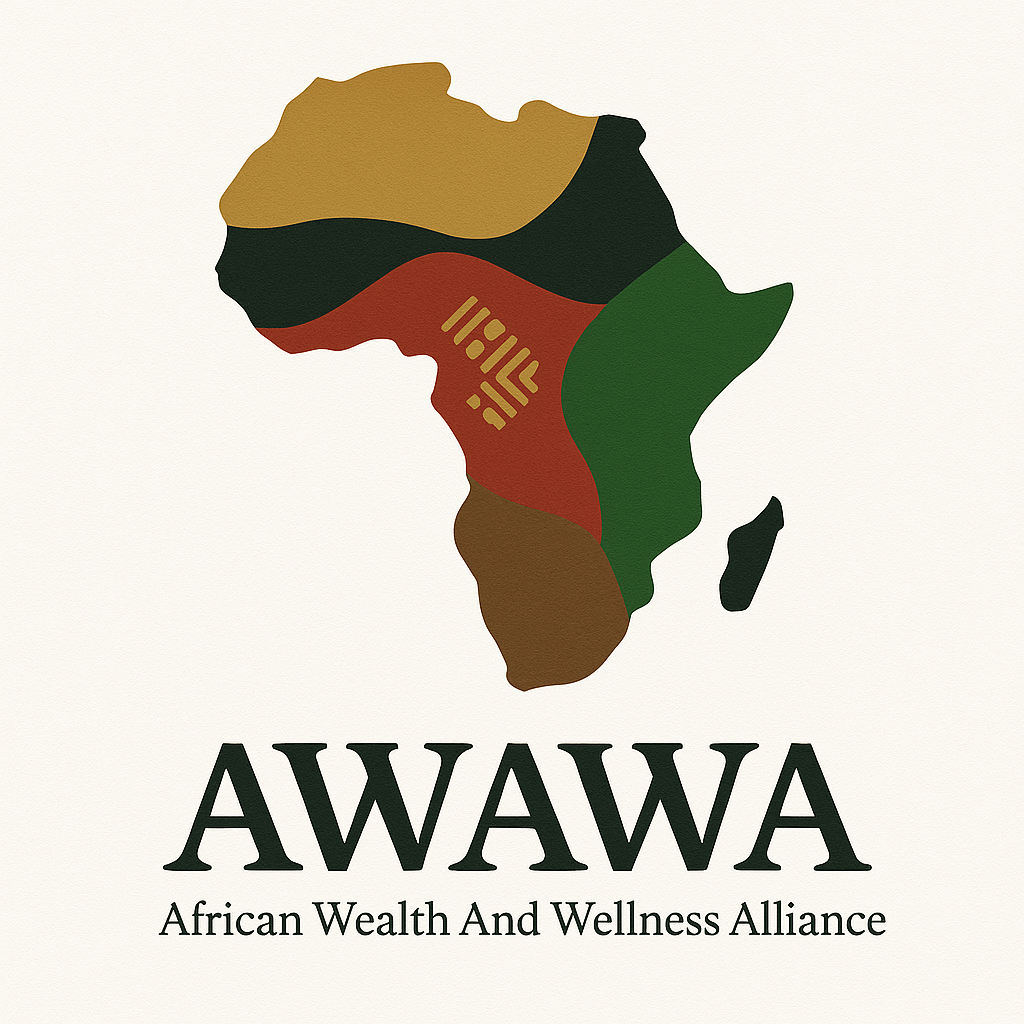Community Empowerment Centers (CEC Hubs): Anchoring Sovereignty at the Local Level
The Heartbeat of the AWAWA Framework
The Community Empowerment Center (CEC), also known as “The Hub,” is the foundational unit of Sovereign-AWAWA’s development framework. These centers are designed to anchor self-reliance, dignity, and spiritual alignment directly within the community—rural or urban, permanent or mobile, coastal or inland.
Each CEC Hub is a one-stop sovereign service center offering access to all critical wellness, economic, spiritual, and administrative services under a unified, ethical roof.
Core Functions of a CEC Hub
Local Grant Distribution Office (API, UDI, CSA/QSA)
Wellness and Healing Center (traditional and integrative medicine)
Employment and Training Portal (linked to WEI and ADWIRE)
Zero-Harm Education and Apprenticeship Center
Food Sovereignty and Nutrition Unit
Housing and Land Rights Office
Community Banking and Exchange Center
Cultural Revival and Ancestral Reconnection Hub
Conflict Resolution and Peacekeeping Circle
Modular and Adaptive Infrastructure
CEC Hubs are designed in various forms to suit context:
Permanent Urban Hubs: Multi-floor campus-style institutions in capital cities or economic corridors
Mobile Hubs: Solar-powered trucks and units for nomadic or remote populations
Satellite Micro-Hubs: Rural or border-area annexes tied to a regional CEC node
Emergency Pop-Up Hubs: Temporary deployments during disasters, conflict, or famine
Governance Structure
Each CEC operates under the leadership of:
Lead Coordinator, Co-Lead, and Deputy (rotating every 17 months)
Six Assistants and core staff in education, logistics, wellness, agriculture, and finance
Community Eldership Council and Youth Council as permanent advisory bodies
Every role is bound by the DO-NO-HARM Accord and evaluated on impact, participation, and ethical alignment.
Program Integration
CEC Hubs serve as:
Distribution nodes for VWIF, SSCI, and WEI initiatives
Landing centers for diaspora returnees through ADWIRE
Activation sites for cultural education, memory restoration, and trauma healing
Cultural and Spiritual Role
More than service centers, CECs are:
Sacred gathering spaces for community councils and rites of passage
Libraries and archives of local oral histories and spiritual traditions
Healing gardens and ancestral groves for prayer, ceremony, and contemplation
Accessibility and Equity
CEC Hubs ensure:
No gatekeeping, no favoritism—access is based on residency and community inclusion
Multilingual signage and services
Designs suitable for elders, children, and differently-abled individuals
Why the Hub Model Works
Decentralization prevents dependency on overburdened national agencies
Community involvement ensures relevance and resilience
Holistic design respects the interconnection of land, health, spirit, and economy
“When the people gather around a sacred center, sovereignty returns to the soil.”
CEC Hubs are the living proof that prosperity is not given from above—it is grown from within.
